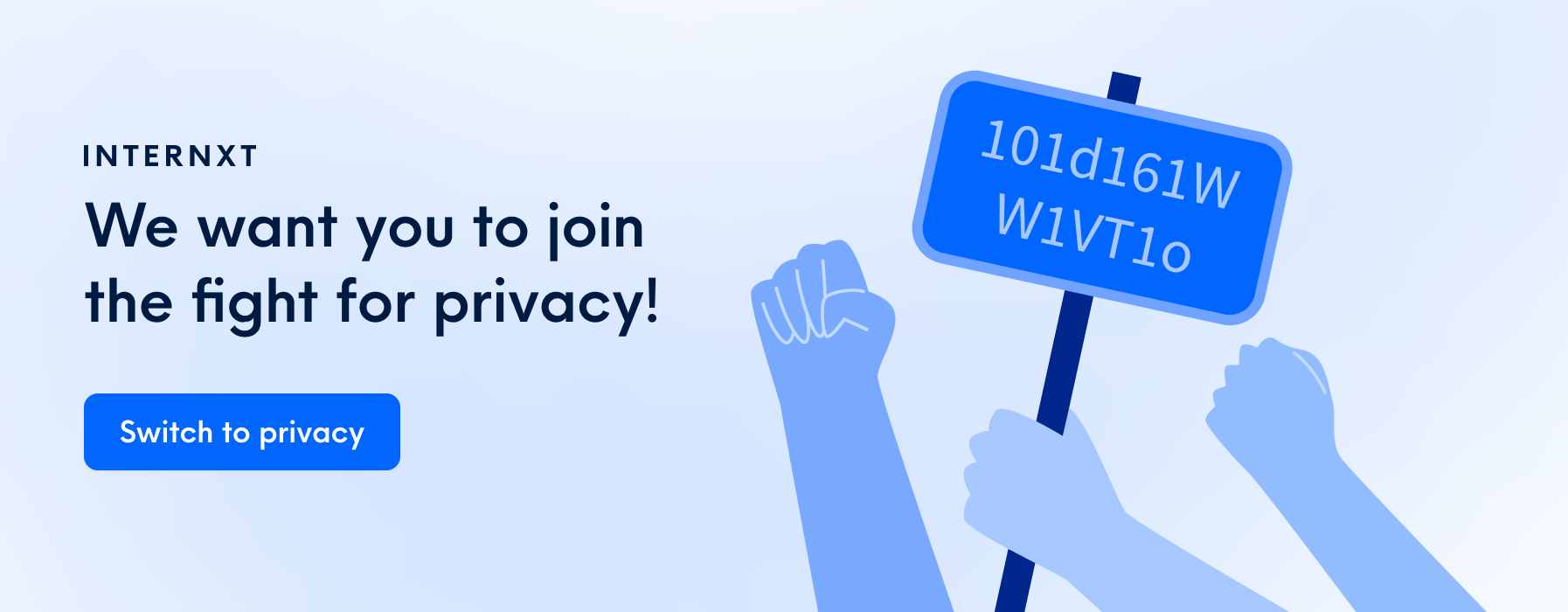The Power of Peer-To-Peer Networks and the Rise and Fall of Limewire

What if you could share anything to anyone online freely, with no middle man? Imagine a place where information flows freely and connectivity is ubiquitous. Enter peer-to-peer (P2P) networks and they are (or were) a game-changer.
These decentralized networks have revolutionized the way we share files, enabling users to connect directly with one another without the need for a central server. And yes, you’ve heard about them before. One of the most prominent pioneers of P2P file sharing was Limewire. Feeling nostalgic?
In this article, we will explore the concept of P2P networks, their benefits, and the impact they have had on various industries. Not only that, we will also examine the fascinating journey of our favorite childhood P2P network, Limewire, from its groundbreaking rise to its eventual demise.
Understanding Peer-to-Peer Networks
At its core, a peer-to-peer network is a distributed architecture where participants, referred to as peers, share resources directly with one another. Unlike traditional client-server models, where a central server facilitates communication and file transfer, P2P networks allow each node to act as both a client and a server.
How Peer-to-Peer Networks Work
Peer-to-peer (P2P) networks have revolutionized the way we share files by eliminating the need for a centralized server. Instead, P2P networks enable direct communication and file exchange between individual participants, known as peers. In this section, we will explore the inner workings of P2P networks and shed light on the mechanisms that make them function.
Discovery and connection
In a P2P network, peers need a way to discover and connect with each other. This is achieved through a process called peer discovery. Peers can discover other participants in multiple ways:
Centralized tracker: Some P2P networks rely on a central server called a tracker. Peers connect to the tracker, which maintains a list of available peers in the network. Through the tracker, peers can discover and connect with one another.
Distributed hash table (DHT): An alternative approach is to use a distributed hash table, where each peer maintains a portion of the network's routing table. By querying the DHT, peers can find the IP addresses of other peers possessing the desired file.
File indexing and sharing
Once connected, peers can start sharing files with one another. To facilitate efficient file sharing, P2P networks employ various mechanisms:
File indexing: Peers share information about the files they possess by indexing them. This indexing process creates a decentralized database of available files in the network. The indexing information typically includes file name, size, and other relevant metadata.
Querying and searching: When a peer wants to download a specific file, it sends a query to other peers, either through the central tracker or the distributed hash table. Peers respond to these queries, providing information on the availability and location of the desired file.
File chunking: Large files are divided into smaller chunks to enable parallel downloading from multiple peers. Each chunk is typically a few kilobytes or megabytes in size. Peers can request different chunks of a file from different sources simultaneously, which enhances download speed and efficiency.
Download and upload
Once a peer has identified the location of a desired file, the download process begins:
Download: The peer initiates connections to the peers that possess the desired file or the specific chunks it needs. It requests the data from these peers and starts receiving the file or chunks in parallel.
Upload: As a peer receives data, it also becomes a source for other peers who request the same file or chunks. By uploading the parts of the file it has acquired, the peer contributes to the network's overall efficiency and availability.
Swarm and Resilience
P2P networks are designed to be resilient and highly available. Key features that contribute to their resilience include:
Swarm effect: As more peers join a network, the availability and speed of downloads increase. This is because the file is distributed across multiple sources, reducing the reliance on any single peer. The more peers participating in a swarm, the faster the download speeds can potentially be.
Choke/unchoke mechanism: P2P networks employ a choke/unchoke mechanism to ensure fair sharing of bandwidth. Peers that actively upload data to others are unchoked, allowing them to share data with more peers. This mechanism helps prevent leeching and promotes a balanced distribution of resources.
Self-healing: P2P networks have inherent self-healing capabilities. If a peer leaves the network or becomes unavailable, the remaining peers can automatically adapt and find alternative sources for the missing data. This resilience ensures that downloads can continue uninterrupted even if individual peers disconnect.

The Benefits of Peer-to-Peer Networks
- Enhanced speed and efficiency: P2P networks harness the collective power of interconnected peers, enabling faster download and upload speeds. By distributing the load across multiple sources, P2P networks can significantly reduce the burden on any single participant.
- Scalability and availability: With P2P networks, the availability of files increases as more peers join the network. As long as a single peer possesses the desired file, it can be shared with others, making P2P networks highly scalable and resilient.
- Cost-effectiveness: P2P networks require minimal infrastructure and eliminate the need for costly central servers. This makes them a cost-effective solution for file sharing, especially in scenarios where large file sizes or high bandwidth usage are involved.
- Decentralization and freedom: P2P networks empower individuals to share and distribute content directly, without relying on centralized authorities. This decentralized nature promotes freedom of information exchange, enabling users to access diverse content and reducing the risk of censorship.
Applications of Peer-to-Peer Networks
File sharing
P2P networks have revolutionized file sharing, allowing users to exchange all types of digital content, including music, videos, software, and documents. Platforms like BitTorrent and eDonkey have become synonymous with P2P file sharing, enabling users to access vast libraries of shared files.
Content delivery
P2P networks have found applications in content delivery systems, especially for large-scale distribution of media files, software updates, and other data-intensive content. This approach not only reduces the strain on centralized servers but also enhances download speeds for end-users.
Collaborative computing
P2P networks have facilitated collaborative computing models where peers collectively contribute resources to solve complex problems. This includes distributed computing projects, such as SETI@home, where individuals volunteer their computer's idle processing power to analyze radio signals from space.
Blockchain technology
The underlying principles of P2P networks have also influenced the development of blockchain technology. Blockchain networks are inherently decentralized and rely on P2P communication to achieve consensus and maintain the integrity of the ledger.
Challenges and Future Developments for P2P
While P2P networks offer numerous advantages, they also face challenges that require careful consideration. These challenges include ensuring data security and privacy, addressing legal issues related to copyright infringement, and mitigating the risks of malware distribution.
As technology continues to evolve, we can expect exciting developments in the world of P2P networks. Innovations such as distributed ledgers, improved security protocols, and the integration of artificial intelligence hold immense potential for enhancing the efficiency and functionality of P2P networks.

The Before Times: The Rise of Limewire
Limewire emerged on the scene in 2000 as a free and open-source file-sharing application. Its user-friendly interface and extensive file library quickly gained popularity among internet users seeking to share music, videos, software, and other digital content. Limewire's success can be attributed to its simplicity and the vast collection of files available at users' fingertips.
Key Features of Limewire
Limewire's success was largely due to its unique features, which set it apart from other P2P networks at the time. Some of its notable features included:
- Fast and efficient search: Limewire offered a powerful search function that allowed users to find specific files quickly. The search results displayed files available across the network, enabling users to access a vast array of content.
- File sharing community: Limewire fostered a vibrant community of users who actively shared their files. This community aspect contributed to the platform's popularity and helped expand its file library.
- Simultaneous downloads: Limewire allowed users to download multiple files simultaneously, significantly increasing download speeds and efficiency.
Legal Challenges and Copyright Infringement Allegations
Limewire's success also attracted attention from copyright holders, who accused the platform of facilitating rampant copyright infringement. As the digital music industry faced substantial losses due to unauthorized sharing, record labels and artists initiated legal actions against Limewire.
In 2006, the Recording Industry Association of America (RIAA) filed a lawsuit against Limewire, accusing it of massive copyright infringement. The legal battle intensified over the following years, with Limewire attempting to defend its position by arguing that it was not directly responsible for the actions of its users.
The Downfall of Limewire
After years of legal battles, Limewire suffered a major blow in October 2010 when a federal court judge ruled that the platform could be held liable for the copyright infringement committed by its users. This ruling dealt a severe blow to Limewire's operations and set the stage for its eventual closure.
In response to the ruling, Limewire was forced to disable its file-sharing functionality in November 2010. Although the company initially attempted to negotiate with copyright holders and explore legal alternatives, it ultimately faced insurmountable obstacles. In October 2011, a federal court ordered Limewire to shut down completely, effectively ending its era as a P2P file-sharing platform.
Lessons Learned and Impact on P2P Networks
Limewire's legal battles and subsequent closure had a profound impact on the P2P landscape. The case served as a stark reminder of the legal consequences that could arise from facilitating copyright infringement. It also prompted a shift in the development and usage of P2P networks, with increased emphasis on legal alternatives and legitimate uses.
In the aftermath of Limewire's demise, other P2P networks and file-sharing platforms emerged, seeking to address the shortcomings and legal challenges faced by their predecessor. Torrent platforms like BitTorrent, eDonkey, and Soulseek gained prominence, adopting different approaches and taking lessons from Limewire's experiences.

Is P2P Still a Thing?
Limewire revolutionized the world of P2P file sharing, providing users with a powerful and accessible platform for exchanging digital content. However, its rapid rise and fall serve as a cautionary tale about the legal complexities and challenges faced by P2P networks.
While Limewire's legacy lives on, it is essential to recognize the importance of ethical file sharing practices and the need to respect copyright laws in the digital age.
In general, peer-to-peer networks have reshaped the way we share and distribute files, empowering individuals to connect, collaborate, and exchange information in a decentralized manner. With their inherent advantages in speed, scalability, and cost-effectiveness, P2P networks have had a transformative impact on various industries and will continue to shape the future of digital connectivity.

